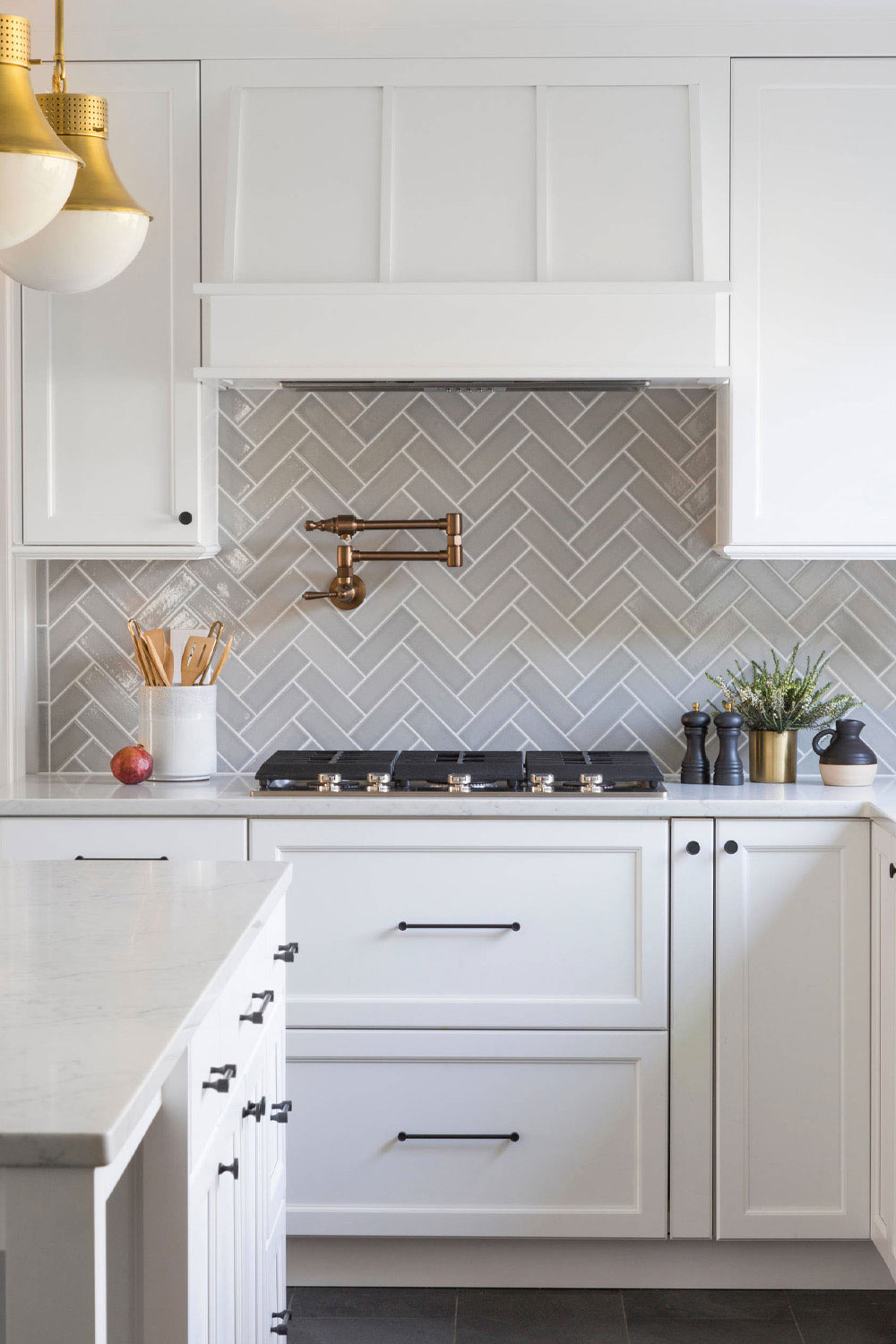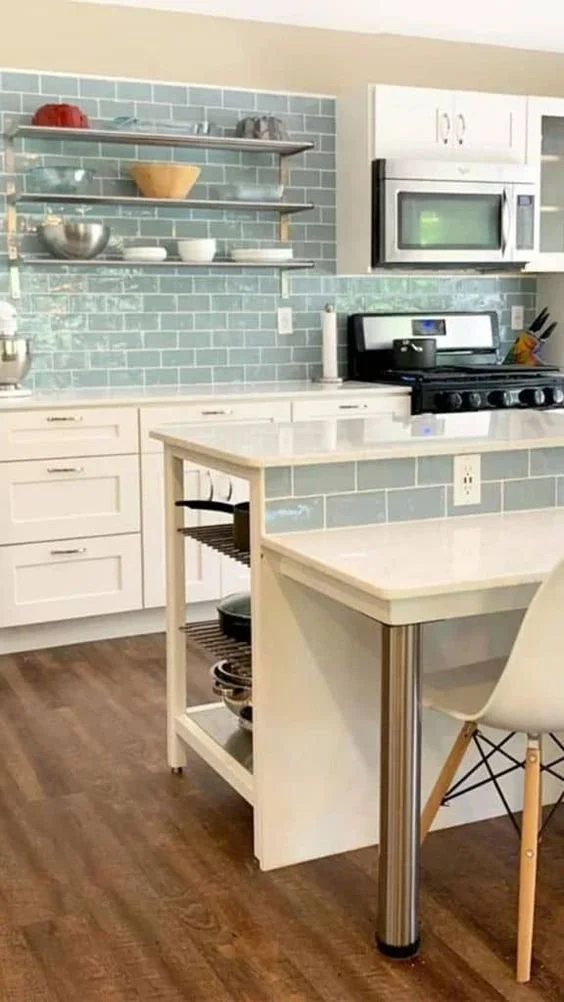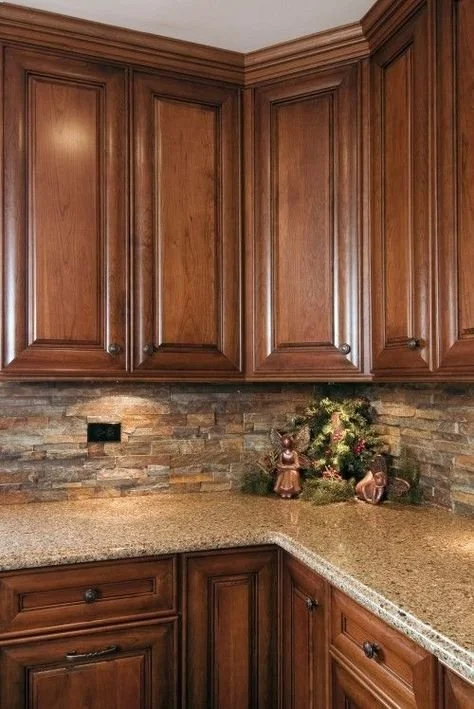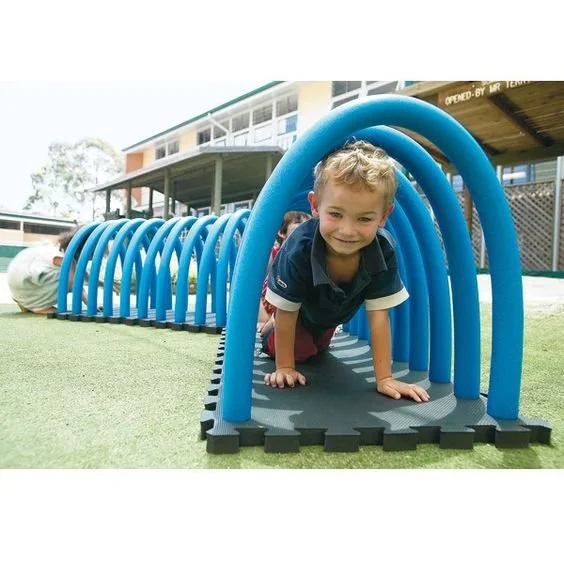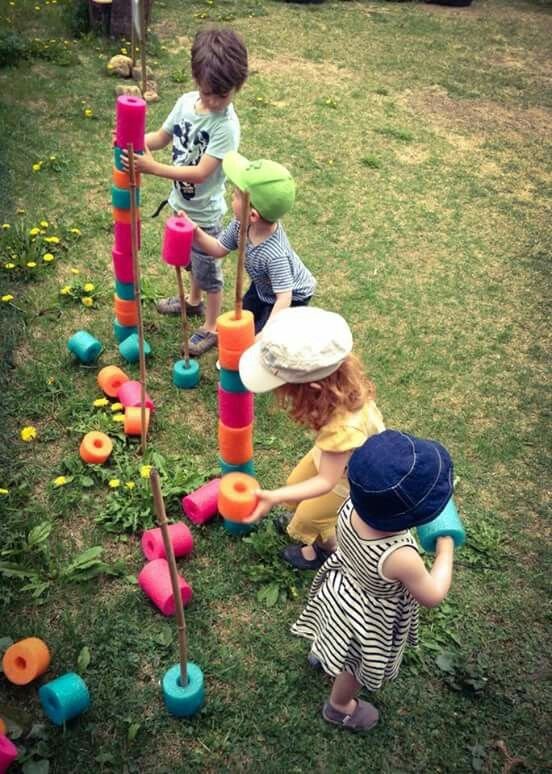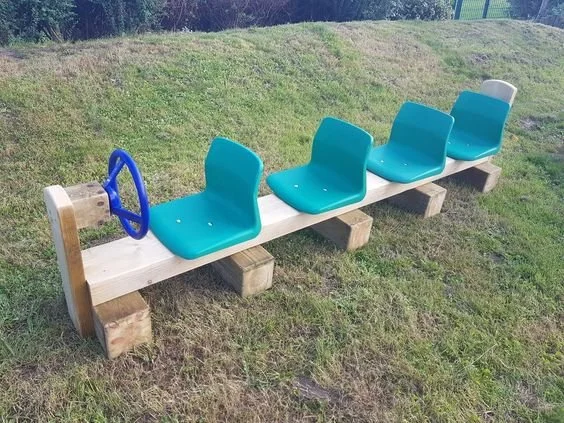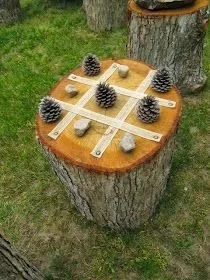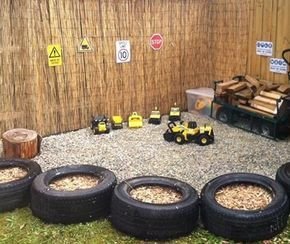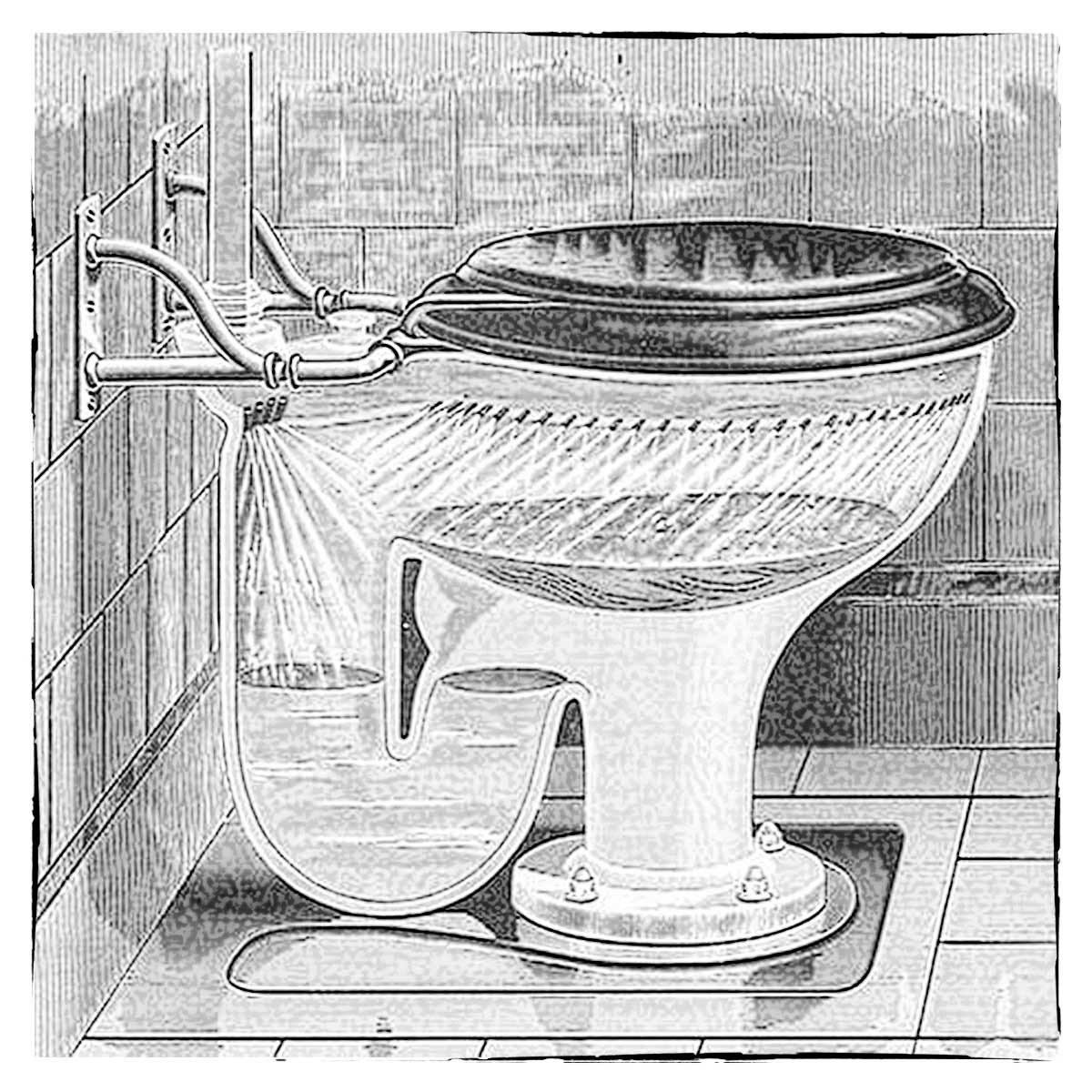How to Get Your Small HVAC Business Online
RH Business Marketing Solutions
As of December 2021, there were 118,636 Heating, ventilation, and air conditioning (HVAC) businesses in the United States. For your small HVAC business to flourish in such a competitive and crowded industry, you need a solid client base. You need to intensively market yourself, reach out to potential customers, earn their trust, and ultimately win them over for good.
Though most people depend on traditional marketing methods such as word of mouth, newspapers, and posters, these methods may not be effective in today’s digital era. Since most people spend a lot of time online, your marketing plan needs to target people there. You can start the targeting from the moment they start searching for a given service until they become your customers. Continue following up with them even after you have offered your services. Finding the best Magento hosting provider is very important for ensuring a seamless online shopping experience for your customers.
Whether you are planning to start an HVAC business or want to improve an already existing one, here is how to get your small HVAC business online.
Optimize Your Website
With the advancement of technology, the number one stop for most clients who need installation, repair, and maintenance of their HVAC system is a search engine like Google. On seeing the search results, they are likely to opt for the HVAC companies that appear first on the page. Therefore, it is vital to have a website as it will help your potential clients find you and build trust for your business.
Ensure that your website is professional and the services you offer are indicated. Most website builders offer customized templates. However, you can also hire a web developer to do it for you. Ensure that your website has everything required to help potential customers choose you. For example, ensure that the menu is well organized and the services you offer are specific and clear.
Though having a website is excellent, it is not enough. You need to ensure that it is easy to find on the search engine through a process termed Search Engine Optimized (SEO). To ensure that your site ranks high, it should:
Be mobile-friendly
Load fast
Include links to other pages in your site and other trustworthy websites
Be mobile-friendly
Include relevant keywords
Create Quality Content
Every time you post content on social media or your blog, you need to create a “content asset.” That is, ensure that the content you put out there is meaningful, helpful, and attractive to the reader. This information will attract them and leave them wanting to know more about what you are saying. As they do this, you may gain new customers.
Adding content in the form of articles on your website will not only benefit your readers. It will also give you more opportunities to capture search rankings and add content marketing to your overall strategy. As an HVAC business owner, come up with content that focuses on speaking to clients rather than industry professionals.
Research what your clients are looking for and make content based on that. For example, you could create posts such as “How to Pick the Right HVAC System for Your Home” and “Why You Need to Hire HVAC Maintenance Services.”
Acquire Online Reviews
Today, most people decide to engage a company based on their online reviews. Make use of sites like Google which permit you to ask customers to review your services. Request your customers to review your business on various social media platforms, as it will help boost your online reputation. You could ask them in person, a call, or text after offering them a service. Another way is to hand them your card with review URLs. It is advisable to respond promptly after your customer leaves a review, even if the review is negative.
Send Email Marketing
Though acquiring leads is essential, it is crucial to keep in touch with them to retain them and turn them into customers. One of the most effective ways of doing this is through email marketing. It helps you keep in touch with your leads from the first time they learn about you until they are ready to become customers. Additionally, it helps you maintain relationships with existing customers.
To set up an email marketing campaign, use tools such as Constant Contact and Mailchimp. Once you set up a campaign, you can add new leads to the list, and they’ll automatically get each email at the designated times you created. When possible, include custom fields so that every email is personalized. For example, include the lead’s name and services related to their needs.
Bottom-Line
When it comes to getting your small HVAC business online, you’ll likely use similar methods to those of other businesses in your area. How effectively you execute your HVAC online marketing plan sets you apart. Boost your chances of success by following the tips given above, which will give you a substantial online presence and showcase your value to your potential and existing clients.







